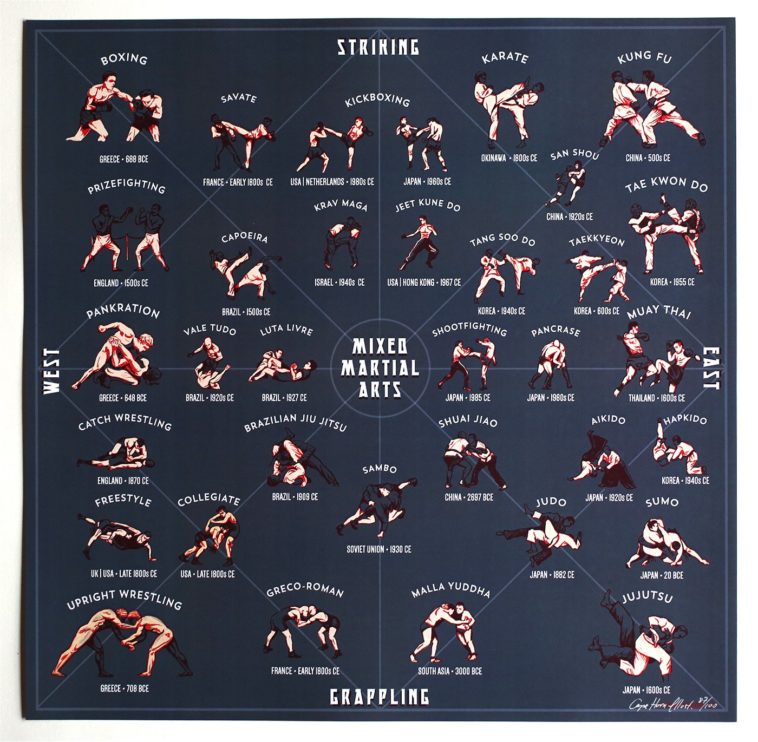Unveiling The Variety Of Martial Arts Disciplines: A Guide From Karate To Taekwondo
Unveiling The Variety Of Martial Arts Disciplines: A Guide From Karate To Taekwondo
Blog Article
Short Article Written By-Carlson Lemming
Are you tired of sensation bewildered by the huge globe of fighting styles? With many styles to select from, it can be very easy to get shed in a sea of punches, kicks, and mysterious names. But worry not!
This conversation will debunk the various fighting styles designs, taking you on a trip from the effective strikes of Karate to the vibrant kicks of Taekwondo. Get ready to uncover the origins, techniques, and philosophies behind these old art forms.
So, tighten your belt and prepare to embark on an enlightening exploration right into the exciting globe of martial arts.
Beginnings of Martial Arts Styles
The origins of fighting styles styles can be mapped back to old people and their demand for protection and fight strategies. Throughout background, different cultures created their own special methods of battling, each with its very own set of techniques and ideologies.
In China, for example, fighting styles designs such as Martial art and Tai Chi were established as a means of self-defense and boosting physical and psychological well-being.
In Japan, the samurai warriors developed styles like Karate and Judo, focusing on technique, accuracy, and mastery of the body.
Similarly, in Korea, Taekwondo emerged as a martial art emphasizing high kicks, quick motions, and psychological determination.
These very early people laid the foundation for the varied variety of fighting styles styles that exist today, each with its very own abundant history and social significance.
Techniques and Educating Approaches
To grasp fighting styles styles, specialists need to learn numerous methods and training techniques.
Strategies are the certain movements and actions used in fight, such as punches, kicks, tosses, and blocks. martial arts classes near me adults fighting styles styles have their very own special collection of techniques that practitioners should understand through strenuous training.
Training approaches differ depending upon the design, however they typically involve a combination of physical fitness, drills, competing, and types.
Physical fitness is vital to construct strength, versatility, and endurance. Drills help specialists refine their techniques and improve their speed and precision.
Sparring permits practitioners to exercise their methods in a regulated, reasonable setting. Forms, additionally called kata, are prearranged sequences of movements that help practitioners create muscle memory and focus.
Approaches and Concepts
Exploring the philosophies and principles of martial arts designs can offer you with a much deeper understanding of your chosen technique. Each fighting style has its very own special viewpoint and set of leading principles that form the method it's practiced.
For example, Karate highlights discipline, respect, and self-control. It educates experts to concentrate their body and minds, allowing them to defend themselves while preserving a sense of inner tranquility.
On the other hand, Taekwondo puts a solid focus on rate, dexterity, and flexibility. Its concepts are rooted in the tenets of courtesy, integrity, perseverance, self-control, and unbeatable spirit.
Conclusion
Since you've explored the beginnings, techniques, and philosophies of different martial arts styles, you have a much deeper understanding of these ancient techniques.
Visualize a young karate trainee, practicing with undeviating resolution and emphasis, breaking through boards with an effective strike.
what is taught in a women's self defense class and toughness needed to understand a fighting style, reminding us that with discipline and perseverance, anything is feasible.
